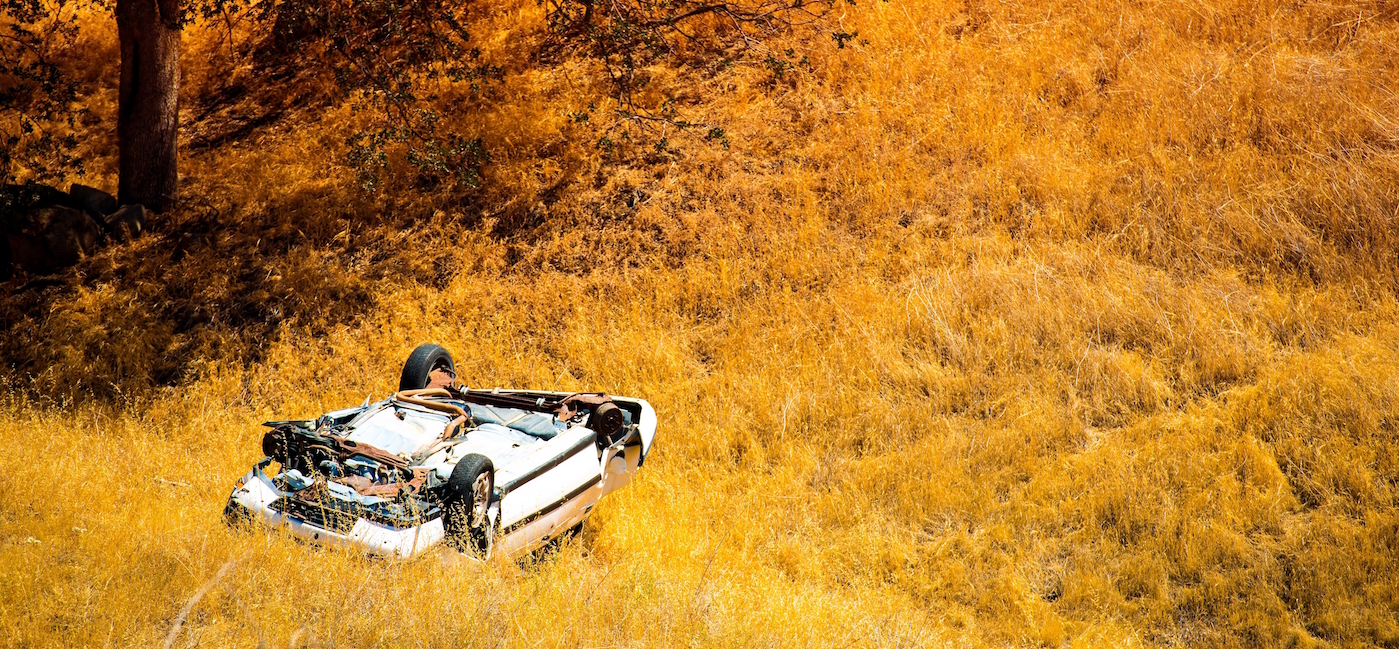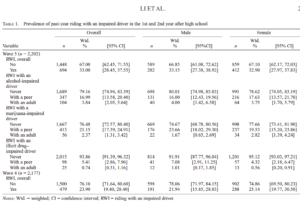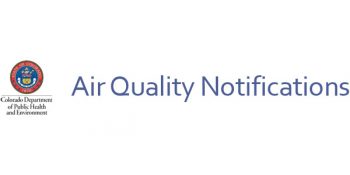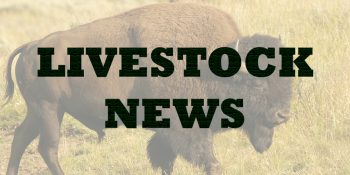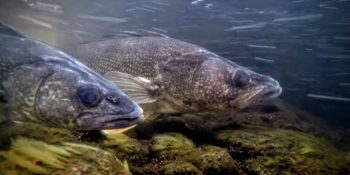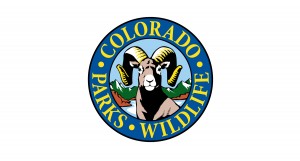1,306 people cited during last year’s enforcement period
STATEWIDE —According to a 2017 study by the Colorado Department of Transportation, the five counties with the lowest seat belt use in Colorado were all rural: La Plata (74 percent), Montezuma (74.4 percent), Cheyenne (75.2 percent) and Mesa (75.5 percent). To encourage drivers in rural regions to buckle up, CDOT, the Colorado State Patrol (CSP) and local law enforcement agencies will conduct Click It or Ticket seat belt enforcement in rural counties from March 26 to April 1.
Last year 1,306 seat belt citations were issued in rural communities across Colorado during the CIOT campaign. Seat belts are the most effective way to prevent serious injury and death in motor vehicle crashes.
Unrestrained crash fatalities account for more than half of the motor vehicle occupant fatalities in Colorado. This Click It or Ticket rural enforcement is a reminder that buckling up saves lives. Our goal is to decrease fatalities this year and seat belt use will be a key factor to achieve this. — Darrell Lingk, Director of the Office of Transportation Safety at CDOT
In 2017 Colorado’s seat belt use rate was 84 percent, ranking Colorado 36th in the nation in seat belt use. Last year, 211 unbuckled drivers and passengers were killed in crashes in Colorado — a 14 percent increase from 2016, according to preliminary data. The National Highway Traffic Safety Administration (NHTSA) estimates that 58 lives could be saved every year if Colorado had 100 percent seat belt use.
Seat belt use is always important, especially in rural communities where the closest hospital may be miles away from the crash. Seat belts give you the best chance to survive a serious crash. We encourage people to buckle up every time they enter a vehicle. — Col. Matthew Packard, Chief of the CSP
Fines for not buckling up start at $65, and parents or caregivers caught with an improperly restrained child can receive a minimum fine of $82.
Colorado’s Seat Belt Laws
- Adults — Colorado has a secondary enforcement law for adult drivers and front-seat passengers. Drivers can be ticketed for violating the seat belt law if they are stopped for another traffic violation.
- Teens— Colorado’s Graduated Driver Licensing (GDL) law requires all drivers under 18 and their passengers, no matter what their age, to wear seat belts. This is a primary enforcement, meaning teens can be pulled over simply for not wearing a seat belt or having passengers without seat belts.
- Children— Colorado’s Child Passenger Safety law is a primary enforcement, meaning the driver can be stopped and ticketed if an officer sees an unrestrained or improperly restrained child under age 16 in the vehicle.
SPREAD THE NEWS
COMMENT, Like, Follow & SHARE @I70Scout
CURRENT EDITION
WEATHER & TRAFFIC PUZZLES RECENT NEWS ADVERTISE WITH US




